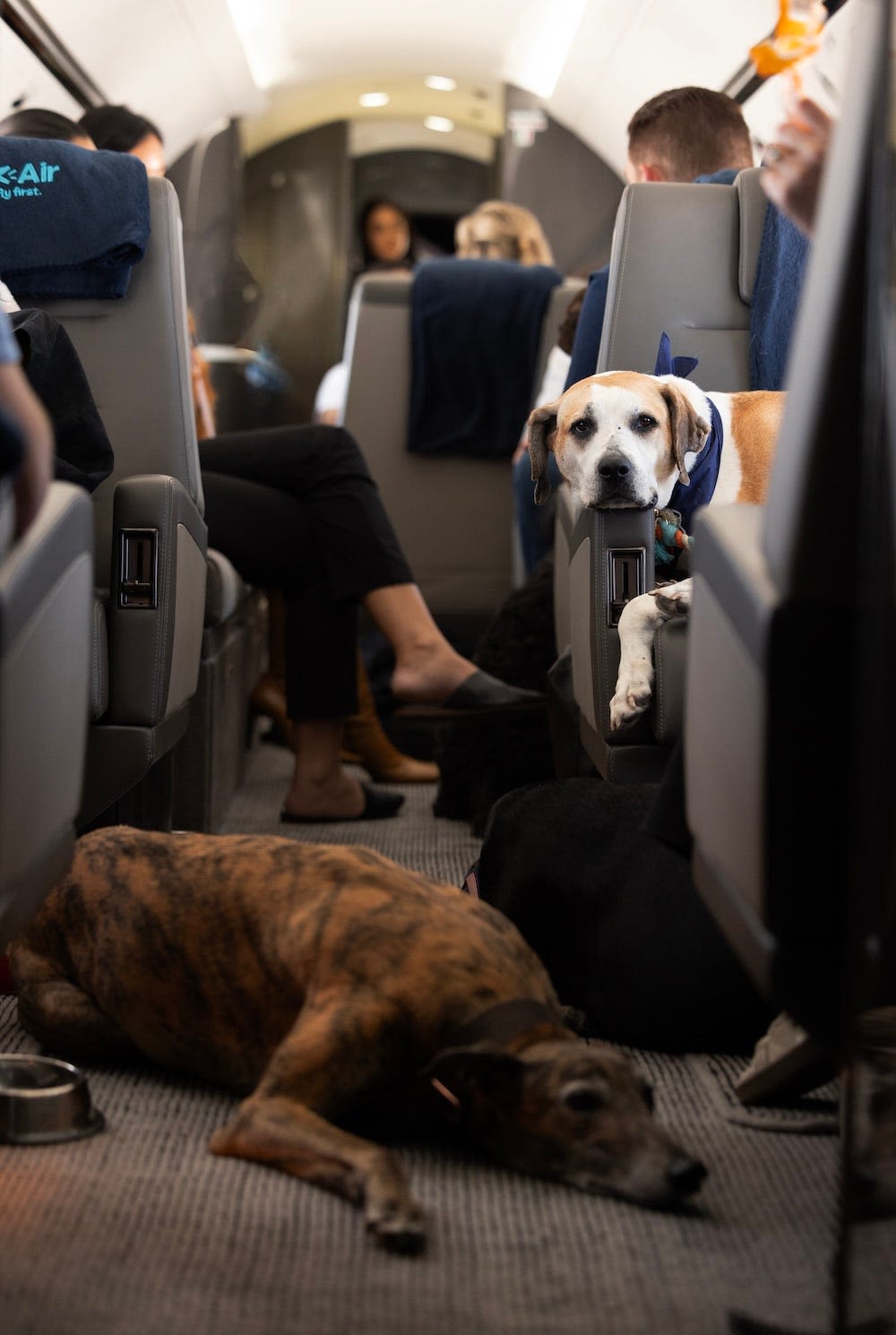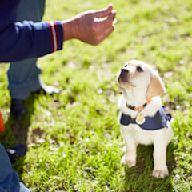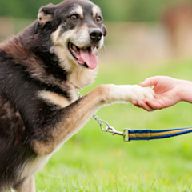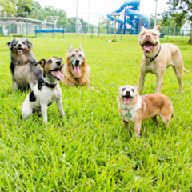Search results
News about Kabosu, Dogecoin, meme
News about Bark Air, dog-friendly flights, flight
Also in the news
This is the official list of all American Kennel Club dog breeds. Find By Breed Name. Clear All. Sporting Group. Hound Group. Working Group. Terrier Group. Toy Group. Non-Sporting Group.
- Medium Dog Breeds
Not too big; not too small: These dogs are the definition of...
- Smallest Dog Breeds
Check out the American Kennel Club's list of smallest dog...
- Largest Dog Breeds
Some people live by the motto “bigger is better,” and it...
- Types of Dogs
Complete list of AKC recognized dog breeds. Includes...
- Yorkshire Terrier
Is the Yorkshire Terrier the right breed for you? Learn more...
- Miniature Schnauzer Dog Breed Information
Founded in 1884, the not-for-profit AKC is the recognized...
- Dachshund Dog Breed Information
Is the Dachshund the right breed for you? Learn more about...
- Miniature American Shepherd Dog Breed Information
Founded in 1884, the not-for-profit AKC is the recognized...
- German Shepherd Dog Dog Breed Information
- Australian Shepherd Dog Breed Information
- Labrador Retriever Dog Breed Information
- Belgian Malinois Dog Breed Information
- Golden Retriever Dog Breed Information
- Cane Corso Dog Breed Information
- Cavalier King Charles Spaniel Dog Breed Information
- Great Pyrenees Dog Breed Information
- Border Collie Dog Breed Information
- Bernese Mountain Dog Dog Breed Information
- Medium Dog Breeds
Dog. The dog ( Canis familiaris or Canis lupus familiaris) is a domesticated descendant of the wolf. Also called the domestic dog, it is derived from the extinct Pleistocene wolf; the gray wolf is the dog's closest living relative. The dog was the first species to be domesticated by humans.
- Overview
- Ancestry
A dog is a domestic mammal of the family Canidae and the order Carnivora. Its scientific name is Canis lupus familiaris. Dogs are a subspecies of the gray wolf, and they are also related to foxes and jackals. Dogs are one of the two most ubiquitous and most popular domestic animals in the world. (Cats are the other.)
Why do dogs bark?
Barking is a way for dogs to communicate with other dogs and with humans. Fierce barking or growling often signals that dogs are being territorial, feel threatened, or simply want to be left alone. However, dogs also bark when they are bored and want attention from other dogs or from humans.
Why do dogs sniff other dogs’ rear ends?
A dog may sniff other dogs’ rear ends to gather chemical information that helps the sniffer identify them as individuals. Gland-lined sacs, housed internally on either side of a dog’s anus, produce a scent that contributes to each dog’s unique odour profile. That profile may also indicate genetic makeup, reproductive status, diet, and emotional state. Learn more.
How are dog years calculated?
Paleontologists and archaeologists have determined that about 60 million years ago a small mammal, rather like a weasel, lived in the environs of what are now parts of Asia. It is called Miacis, the genus that became the ancestor of the animals known today as canids: dogs, jackals, wolves, and foxes. Miacis did not leave direct descendants, but doglike canids evolved from it. By about 30 to 40 million years ago Miacis had evolved into the first true dog—namely, Cynodictis. This was a medium-size animal, longer than it was tall, with a long tail and a fairly brushy coat. Over the millennia Cynodictis gave rise to two branches, one in Africa and the other in Eurasia. The Eurasian branch was called Tomarctus and is the progenitor of wolves, dogs, and foxes.
Britannica Quiz
Wild Words from the Animal Kingdom Vocabulary Quiz
Genetic evidence suggests that dogs descended directly from wolves (Canis) and that the now-extinct wolf lineages that produced dogs branched off from the line that produced modern living wolves sometime between 27,000 and 40,000 years ago. The timing and location of dog domestication is a matter of debate. There is strong genetic evidence, however, that the first domestication events occurred somewhere in northern Eurasia between 14,000 and 29,000 years ago. In this region wolves likely facilitated their own domestication by trailing nomadic people in northern Eurasia and consuming the remains of game animals that hunters left behind.
Most studies agree that domestication was not a single discrete event. It was a process that unfolded over thousands of years—likely involving dog populations that appeared in different parts of Eurasia at different times, with dogs and wild wolves continuing to interbreed with one another and with early dog populations being replaced by later ones. Some genetic studies have documented evidence of early domestication events in specific regions. One study contends that wolves were domesticated 16,300 years ago to serve as livestock in China, whereas another reports that early dogs dating from about 12,000 to 14,000 years ago came from a small strain of gray wolf that inhabited India. Genetic evidence also reveals that dogs did not accompany the first humans to the New World more than 15,000 years ago, suggesting instead that dogs came to the Americas only some 10,000 years ago. One study even suggested that some dogs have descended not from the wolf but rather from the jackal. These dogs, found in Africa, might have given rise to some of the present native African breeds.
Students save 67%! Learn more about our special academic rate today.
Living with dogs. Most dogs are a mix of breeds—in 2015, one study estimated that only 5 percent of dogs in shelters are purebred. Just as dogs come in all sizes, shapes, and colors, these ...
- 3 min
- Jennifer Lesser
- Sporting Group. Dogs in the Sporting Group were bred to be a hunter’s best sidekick; their purpose is to assist with finding, flushing, catching, or retrieving feathered game such as pheasants or ducks.
- Hound Group. In 1930, the AKC introduced the Hound Group to include dogs that were specifically bred to pursue warm-blooded quarry, such as rabbits, raccoons, or even antelope, in contrast to the sporting breeds, which generally hunt birds.
- Toy Group. While they might resemble adorable toys, the dogs in the Toy Group are just as much canine as their larger cousins in the other breed groups.
- Non-Sporting Group. A group for dogs that don’t quite fit anywhere else, the Non-Sporting Group encompasses a variety of breeds. These pups run the gamut in size, function, and history.
Mar 24, 2022 · The American Kennel Club has used registration data to compile the list of 2021’s most popular breeds. As always, the Labrador Retriever tops the list — this time for the 31st year! The Lab ...
A dog breed is a particular type of dog that was purposefully bred by humans to perform specific tasks, such as herding, hunting, and guarding. Dogs are the most variable mammal on Earth, with artificial selection producing upward of 360 globally recognized breeds. [1] These breeds possess distinct traits related to morphology, which include ...






















































